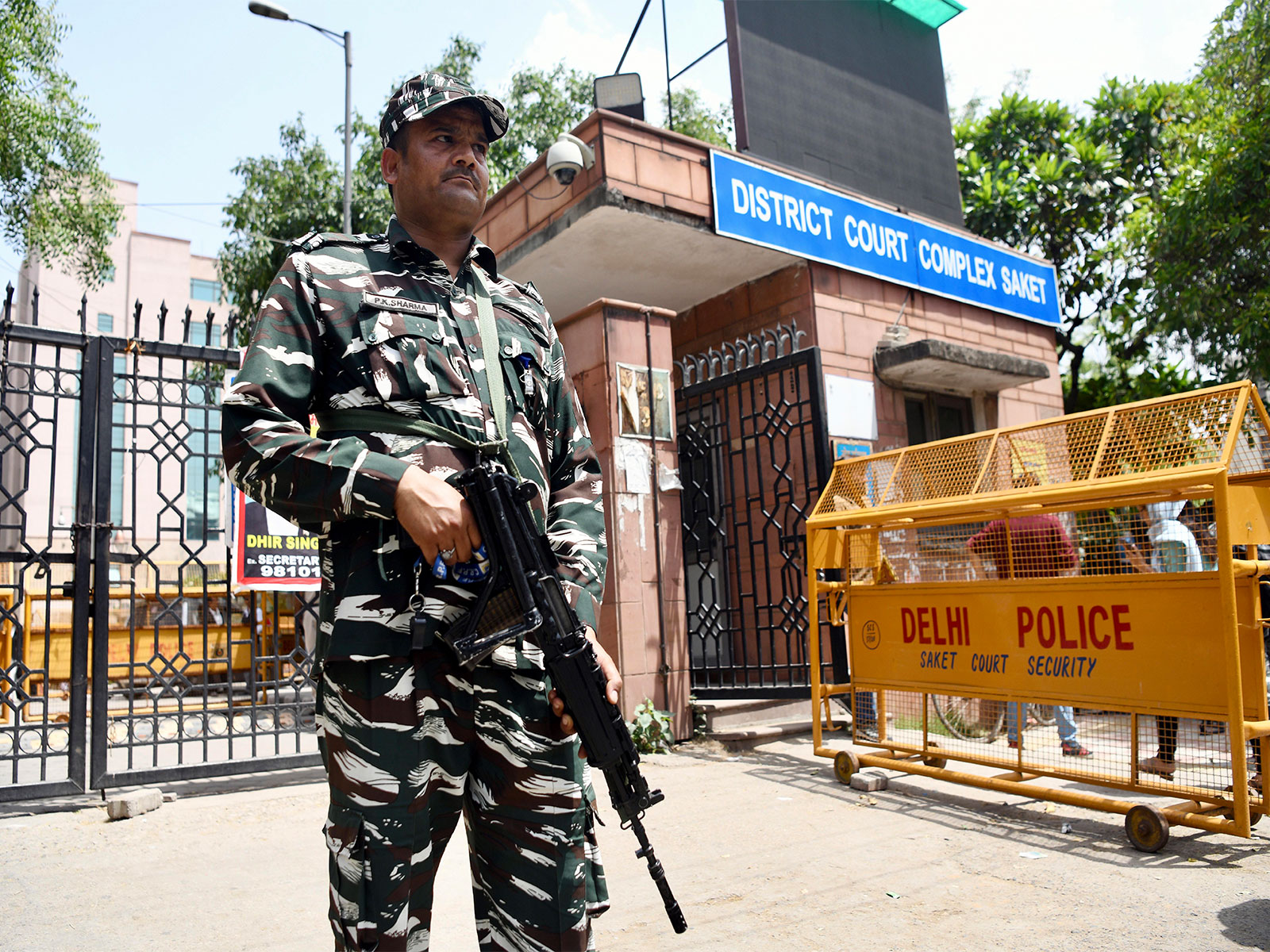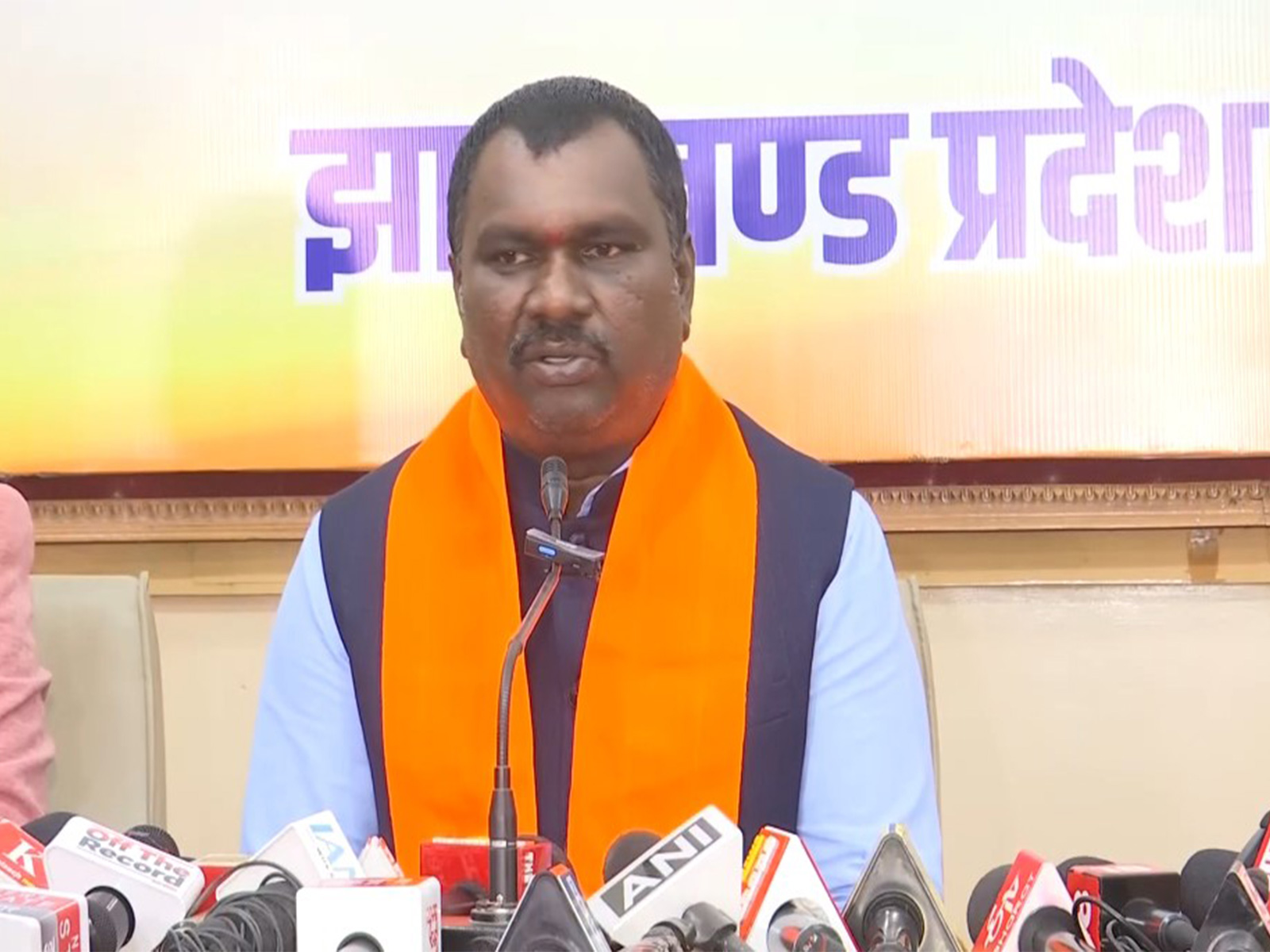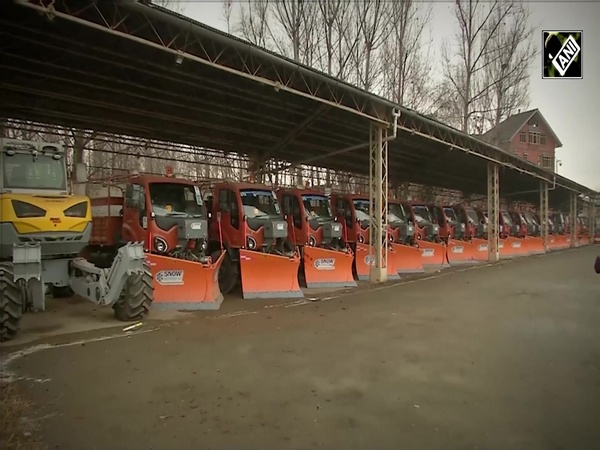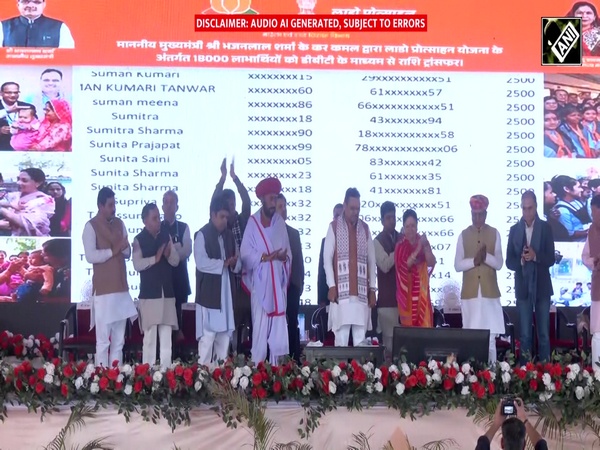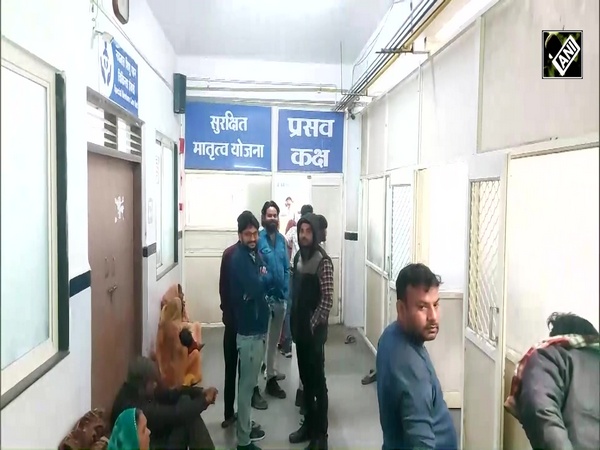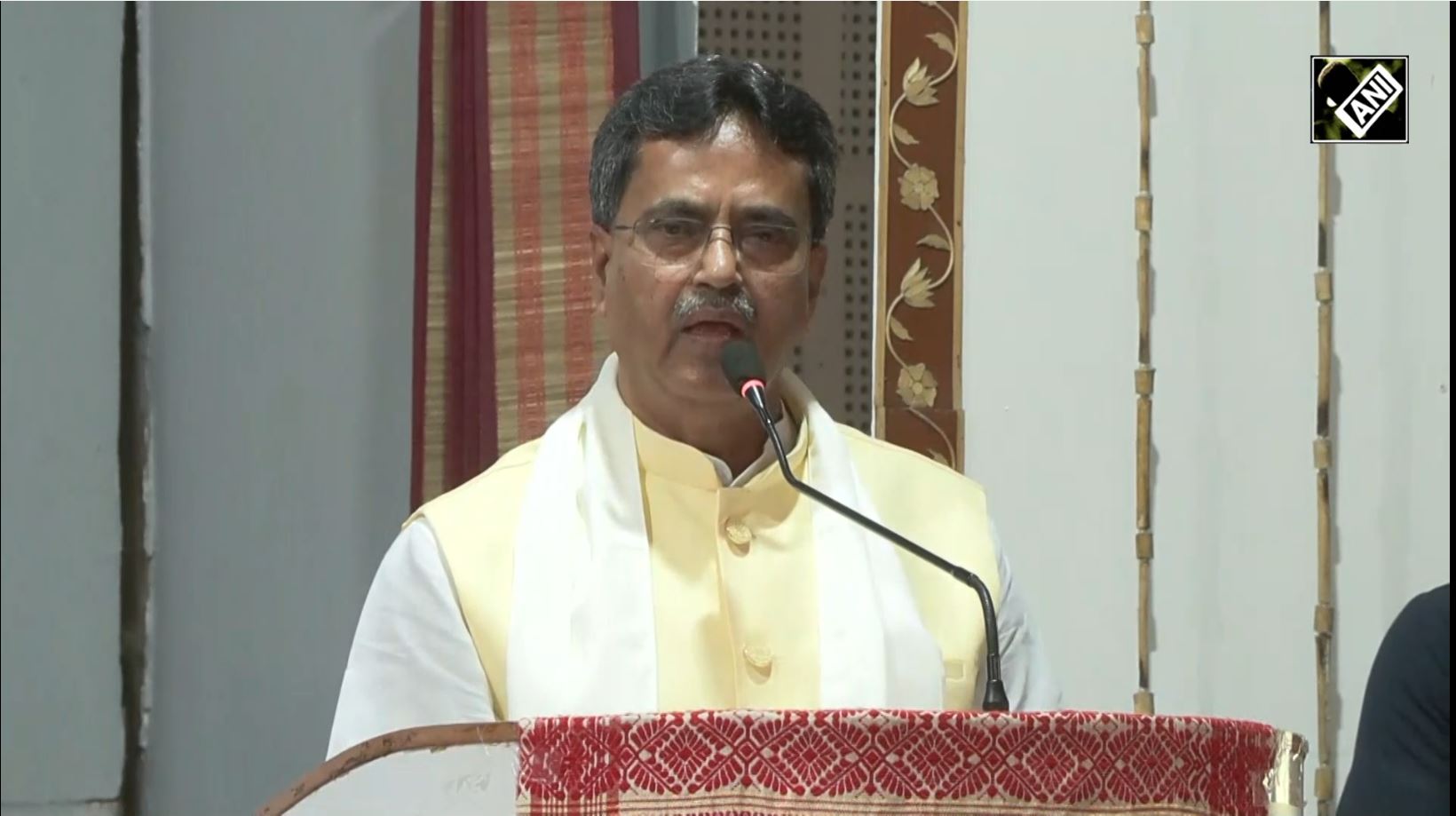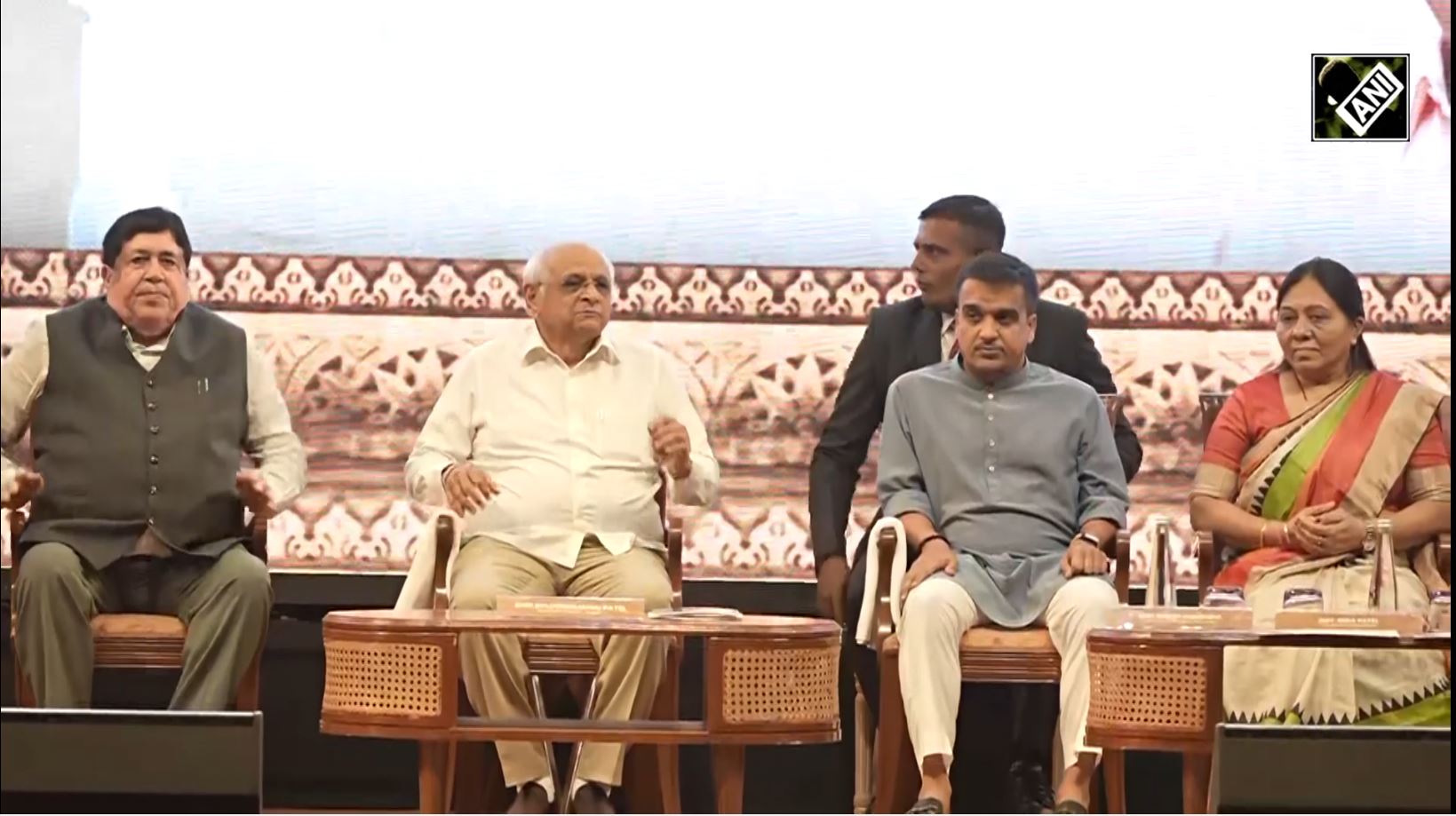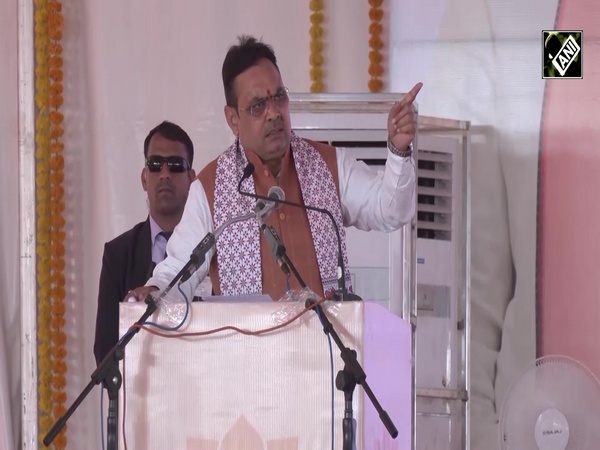Days of Naxalism are numbered in Bastar": IG P Sundarraj says over 2,200 cadres surrendered in 20 months
Nov 04, 2025

Jagdalpur (Chhattisgarh) [India], November 4 : Bastar Range Inspector General of Police P. Sundarraj has said that Left Wing Extremism (LWE) in Chhattisgarh is in its "final stages", with security forces tightening their hold and a record number of cadres laying down arms to join the mainstream.
"We are aware of the cadres left and continue to track them. Their days are numbered. They have only one option: either surrender or face the same action as other cadres," IG Sundarraj told ANI in Jagdalpur.
Highlighting the success of the state's rehabilitation policy, Sundarraj, a 2003-batch Indian Police Service (IPS) officer of the Chhattisgarh cadre-- one of India's most challenging counter-insurgency postings--said, "Chhattisgarh's rehabilitation policy is very effective. Due to this, in the last 20 months, more than 2,200 Naxals have joined the mainstream. These surrendered Naxals are provided skill development training to help them integrate into society after rehabilitation."
On the operational front, he said the focus now remains on the three most sensitive districts including Bijapur, Sukma, and Narayanpur, which are considered the last strongholds of the Maoists.
"In other parts of the Bastar region, the entire cadre strength has been taken care of, meaning they have either joined the mainstream or legal action has been taken against them. The Naxal network in other parts of Bastar has been dealt with. Security Forces are on the task, and we are hopeful that in Bijapur, Sukma, and Narayanpur, we will be able to totally eradicate LWE," Sundarraj, who has played a central role in planning and executing coordinated operations against Left Wing Extremism in south Chhattisgarh for over a decade.
Referring to recent successes, Sundarraj noted that as part of the state's comprehensive action plan, over 450 Naxal bodies have been recovered in the last two seasons, and more than 200 Naxals have surrendered recently. "Their logistical supply system has been badly affected, and the network is demolished. We are hopeful that very soon, no Maoists will be left in the country," he said.
Reaffirming the state's target to make Chhattisgarh Naxal-free by March 31, 2026, the IG called the past few years "decisive" for the security forces.
"We have neutralised several top Naxal leaders, including Basavaraju, and seen a series of surrenders last month," stated Sundarraj, who has held key assignments earlier in his career, including Superintendent of Police (SP) in several Maoist-affected districts such as Kanker, Kondagaon, and Dantewada, and later as Deputy Inspector General (DIG) of Anti-Naxal Operations.
Sundarraj's consistent focus on intelligence-based operations and rehabilitation of surrendered cadres has made him one of the most visible and trusted faces of the anti-Naxal campaign in Chhattisgarh.
Under Sundarraj's supervision, Bastar has seen a sharp drop in Naxal violence, with the dismantling of major Maoist networks and a steady rise in developmental activity, signalling a major shift in the decades-long insurgency narrati
Once regarded as the epicentre of Left Wing Extremism, south Chhattisgarh's Bastar division, comprising districts such as Dantewada, Sukma, Bijapur, Narayanpur, and Kanker, has witnessed a significant decline in Naxal violence in recent years.
Under the direction of the Cenral government and Chief Minister Vishnu Deo Sai, the strategy has combined security expansion with development. Dozens of new security camps have been established deep in erstwhile Maoist strongholds to ensure both safety and access to welfare schemes.
Surrendered cadres are now part of structured rehabilitation programs, beginning their day with sports, classes, and vocational training ranging from driving (35-day course) to plumbing (up to 80 days) under the Rajya Kaushal Vikash Pradhikaran. These reformed individuals are also exposed to cultural activities, movie screenings, and counselling sessions to reintegrate them socially.
Officials say the blend of security pressure, infrastructure push, and livelihood opportunities has drastically weakened the insurgent base, a transformation that now positions Chhattisgarh on course to eliminate Left Wing Extremism within the next year.
Over 300 Naxalites laid down their arms and opted for rehabilitation last month, marking a major step toward restoring peace in the Dandakaranya region and a landmark development in Chhattisgarh's long battle against Naxalism. With the move, most of Abujhmad has been freed from Naxal influence, bringing an end to the decades-long Red terror in North Bastar.
The surrendered group includes over 100 women, representing various ranks of the outlawed CPI (Maoist) organisation. Among them are one Central Committee Member (CCM), four Dandakaranya Special Zonal Committee (DKSZC) members, one Regional Committee Member, 21 Divisional Committee Members (DVCMs), 61 Area Committee Members (ACMs), 98 Party Members, and 22 PLGA/RPC/other cadres. The Maoists surrendered 153 weapons, including 19 AK-47 rifles, 17 SLR rifles, 23 INSAS rifles, one INSAS LMG, 36 .303 rifles, four carbines, 11 BGL launchers, 41 twelve-bore or single-shot guns, and one pistol.
Sundarraj described the surrender as a major milestone in recent years, highlighting it as proof of the increasing effectiveness of the government's Naxal Eradication and Rehabilitation Policy 2025, which blends development efforts, dialogue, and confidence-building initiatives to motivate extremists to rejoin the mainstream.
This large-scale surrender is expected to accelerate peace and development efforts in the region and further weaken the Maoist network in the Bastar division -- once considered the stronghold of Left Wing Extremism in India.
Among the top Maoist leaders who surrendered were Rupesh alias Satish (Central Committee Member), Bhaskar alias Rajman Mandavi (DKSZC Member), Ranita (DKSZC Member), Raju Salam (DKSZC Member), Dhannu Vetti alias Santu (DKSZC Member), and Ratan Elam (Regional Committee Member).
Beside, 10 senior Maoist operatives also surrendered, including top commander Satish alias T Vasudeo Rao (CCM), Ranita (SZCM, Secretary of Maad DVC), Bhaskar (DVCM, PL 32), Nila alias Nande (DVCM, IC and Secretary of Nelnar AC), and Deepak Palo (DVCM, IC and Secretary of Indravati AC).
Rao carried a reward of Rs 1 crore, while others had bounties ranging from Rs 5 lakh to Rs 25 lakh.
Sundarraj finally noted that the large-scale surrender marks a crucial move toward establishing lasting peace and inclusive development in Bastar and the wider Dandakaranya region-- areas once regarded as the heartland of Naxalism.
The recent wave of surrenders marks one of the most significant setbacks to Naxal insurgency in recent years and underscores the government's intensified efforts to restore peace and development in Naxal-affected regions.
In a major achievement towards the Modi government's vision of a "Naxal-free Bharat," the number of districts most affected by LWE has been reduced to just three from six.
According to the latest Ministry of Home Affairs (MHA) data, only Bijapur, Sukma, and Narayanpur in Chhattisgarh remain in the "most affected" category.
The number of districts classified as LWE-affected has also declined significantly--from 18 to 11 districts, states the MHA data.
The security forces have recorded "unprecedented operational successes" this year by killing a total of 312 Naxals, including the CPI (Maoist) General Secretary and eight other Politburo or Central Committee members. A total of 836 cadres have been arrested, while 1,639 have surrendered and joined the mainstream, including one Politburo and one Central Committee member.
Once described as India's biggest internal security challenge by the then Prime Minister in 2010, Naxalism is now in visible retreat. The Maoists had envisioned a so-called "Red Corridor" stretching from Pashupati in Nepal to Tirupati in Andhra Pradesh.
In 2013, 126 districts across various states reported Naxal-related violence.
